A Mountain Pass, a Cold Lake, and a Social Studies Conference
Also, I finally read North Woods
A place to visit:
Last weekend my colleagues and I braved the snow and headed through the mountains to the Washington State Council for the Social Studies Conference in Lake Chelan.
Lake Chelan is a lovely place to visit. In the summertime, it’s THE lake of choice for Washingtonians. Families stay busy waterskiing, boating, hiking (the Pacific Crest Trail is nearby), wine tasting, and jumping off flamingo floaties into the water. There is a water slide park and a cute town of breweries and shops.
It’s lovely in the winter as well, just harder to get to if you are terrified of driving in the snow, as I am. Several years ago my car didn’t make it over the pass coming home from the conference1 This year I secured a spot in my friend’s mountain-ready vehicle named Gertie.
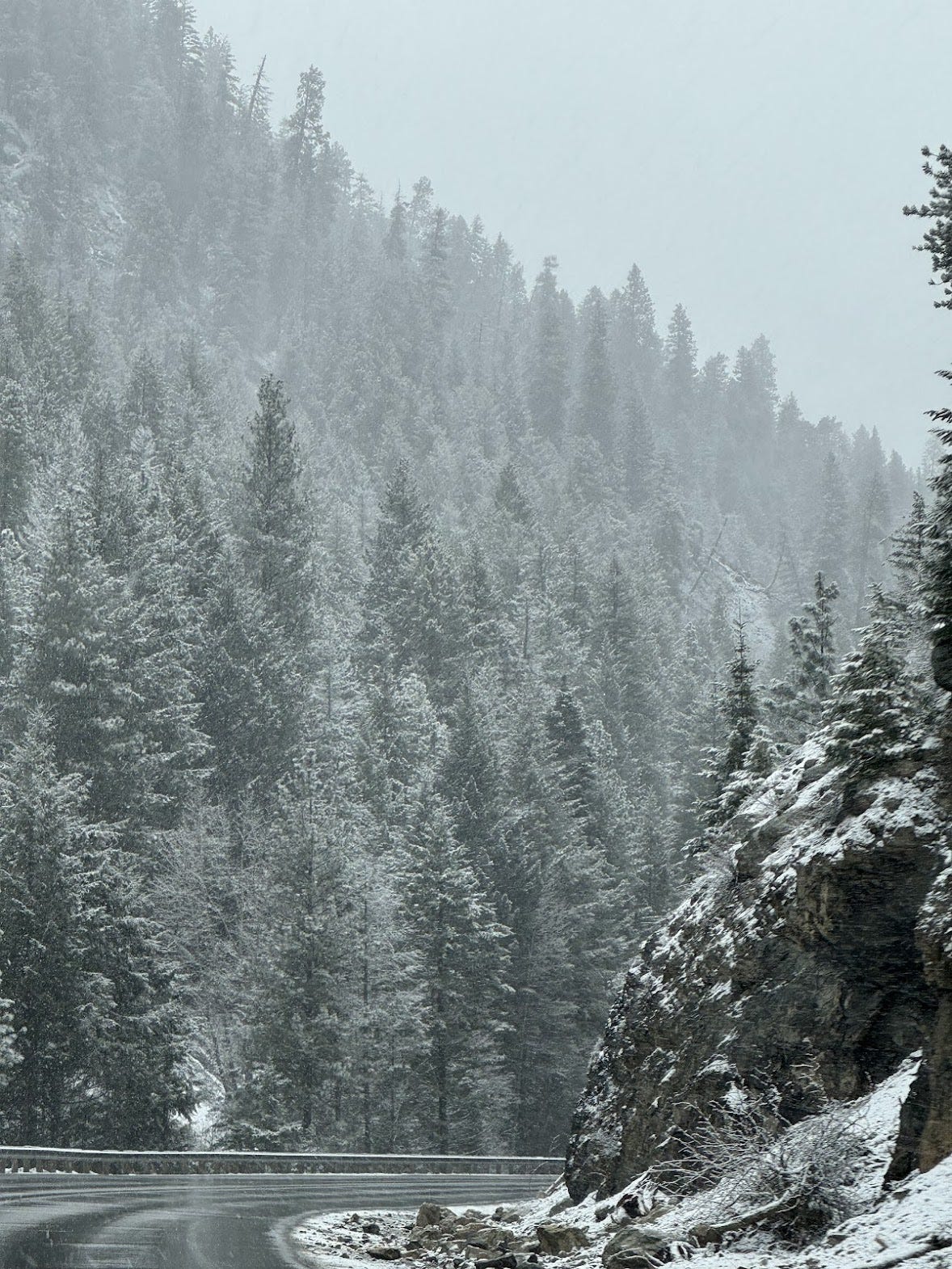
The resort we stayed at, Campbell’s, was originally purchased by the Campbell family for $400 in 1898. Boisterous and packed in the summer, it’s quiet and peaceful in the winter.
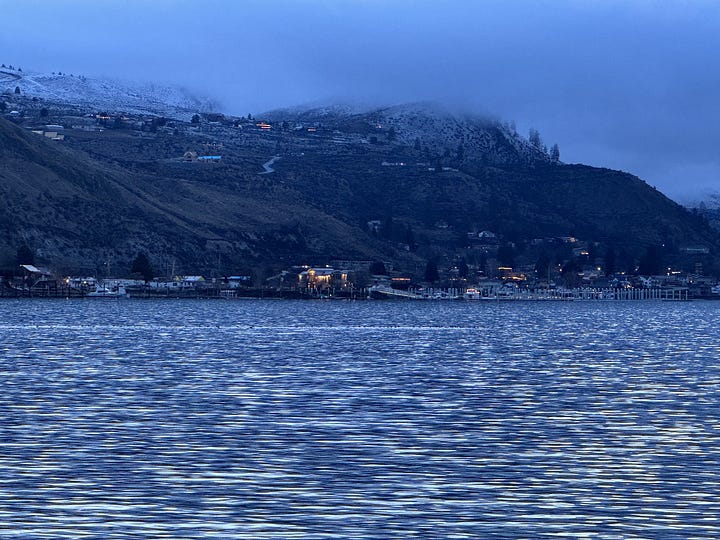
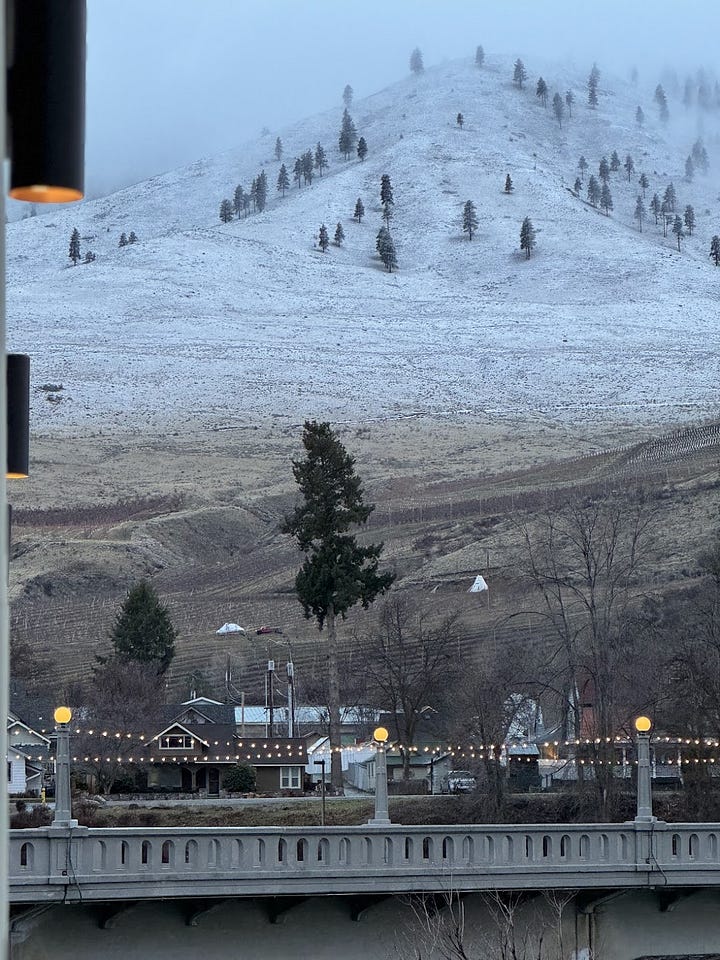
Well, until the social studies crew comes to town, anyways.
This year’s conference was small, a result of state-wide budget cuts resulting in teachers having to pay for their rooms (more than the 50 cents they were back in 1898) and conference fees.
It was small by mighty. The last two teaching conferences I attended were national conferences: huge affairs with thousands of people and hundreds of sessions that left me with FOMO more than anything else.
I was feeling extra-extroverted last weekend, and the relatively small number of people attending the conference meant that I had the opportunity to meet and talk to nearly everyone.
I decided the best was to connect with people was not over polite discussions about history.
Instead, I found a new friend. She and I, armed with glasses of wine, decided to organize a polar bear plunge. Then we pestered everyone at happy hour/exhibition hour/dinner to join in. It turns out that the best conversation opener in the world is this:
“You guys! Polar bear plunge at 8:30 tonight! Are you in!?!”
Even if the answer was a hearty “hell no,” we still made lots of friends. When the sweet ladies from the League of Women Voters turned us down due to their lack of swimsuits, we were ready with solutions.
“Just put on two pairs of underwear and a sports bra!” I suggested to a gray-haired lady older than my mother. She patted my arm and told me that I needed to better understand my audience. But then we had a nice conversation about engaging high school students to vote, so the conversation was still a win.
In the end, we only convinced 8 or 9 people to take the plunge with us, but a substantial number of conference attendees cheered us on from their balconies.
I’ll only be attending waterfront conferences from now on.
A lesson to teach:
Here are a smattering of fabulous and free resources that I learned about at the conference:
Washington OER Hub is my state's platform for sharing K-12 open educational resources that are standards-aligned, and high-quality. Think Teachers-Pay-Teachers, but vetted, free, and full of secondary sources (so…not like TPT at all). For you American history teachers, my friend (*and faithful reader! Hi Sue!) contributed this lesson on the Great Migration. Sue was inspired to create the lesson while reading THE WARMTH OF OTHER SUNS by Isabel Wilkerson. When the book was released in 2011, there was a real lack of teacher resources on the topic. Sue’s 5-7 day inquiry lesson asks the compelling question “was the Great Migration a push or pull migration?” Students work through a series of supporting questions, examine tons of primary sources, and work through formative performance tasks to construct an argument. All sources, analysis questions, and student worksheets are included and classroom ready.
Teach with TVW: Teach with TVW is a free online resource offering three civics programs for WA Social Studies Teachers to engage students with their state government and make a difference. I use the program in my Civics class. My students meet with a lobbyist weekly and just finished up tracking a bill as it made it’s way through various committees. I’ll write more about this program later, but check out the Capitol Classroom videos. Plus, Corey from TVW did the polar bear plunge, which obviously makes this resource worth checking out, lol.
Educator Callie Birklid shared her set of lessons on Seattle’s Waterfront. Her lessons ask students to debate the importance of place names, ponder whether the Great Seattle Fire was ultimately “great” for Seattle, look at “mystery documents” relating to Chinese Expulsion, and take a walking tour to learn about Seattle’s music and LGBTQIA+ history. All her lessons are full of primary sources and questions/charts/guides to help students analyze their documents to answer compelling questions. Her ready-to-teach lessons are great for Seattle area teachers, but of course can be used by anyone in the country.
Picture books! In addition to evangelizing for picture books via this newsletter every Sunday, I also did so at the conference. Here is the presentation, created with Brianne Pitts and Darren Guido. Our presentation includes tons of links to click for picture book lists and lesson plans.
A book to read:
North Woods has nothing to do with going to a teacher conference and takes place on the opposite side of the country. BUT! I did read North Woods while I was at the conference. Also, we drove through the woods to get to the conference. I’ll take any connection here, no matter how tenuous.

This book is just as good as all the “best book” lists say it is. NORTH WOODS is almost a series of short stories and poems rather than a book. All the stories and poems take place in a house Massachusetts, each new chapter following the next inhabitants of the house. Each story has a wildly different tone, matching the time period - some chapters are told in third person by distant narrator, other’s are first person narratives. There are epistolary chapters, maps, scientific drawings, and paintings. There are sensual chapters about beetles, there are straightforward chapters about twin sisters, and there are poems about winter. The book features ghosts and mythical apples and fungus and enslaved people who escaped and séances.
Read it, read it, read it.
We made it back alive, obviously. After getting out to push a few times we finally abandoned the car on the side of the road and hitched a ride with someone who had 4 wheel drive. I picked up the car a few days later. That was a fun ticket.

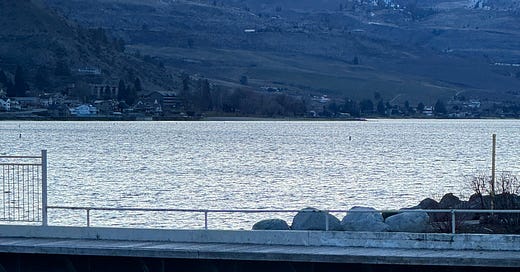


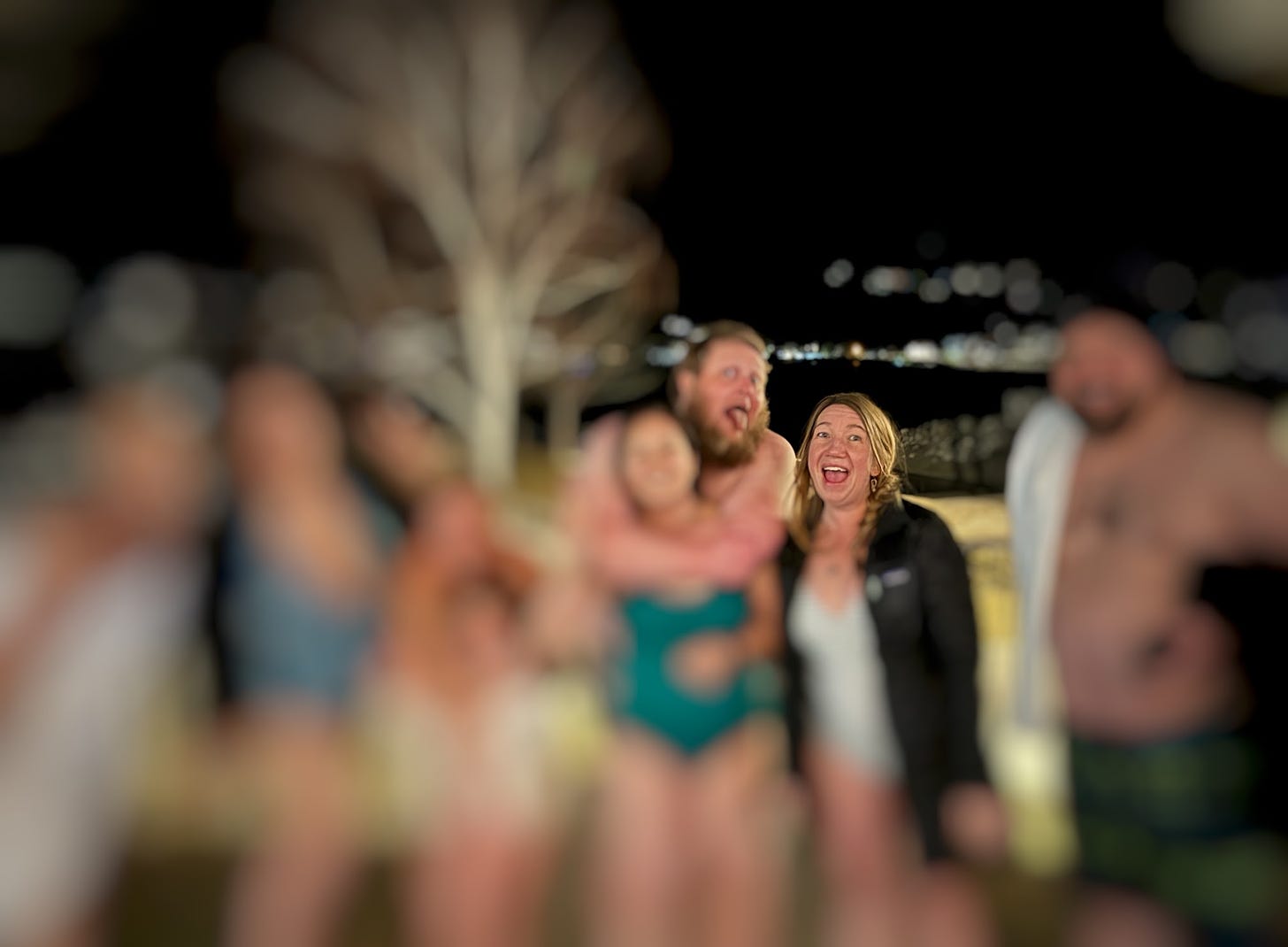
Oh Lord! I would be scared of those icy roads. Very brave of you to "take the plunge"! But I am sure you only stayed in the water for a second or two... "North Woods" sounds intriguing and rather my cup of tea.
I must read north woods! I love visiting typical summery destinations in the winter and I’d be all in on the plunge!